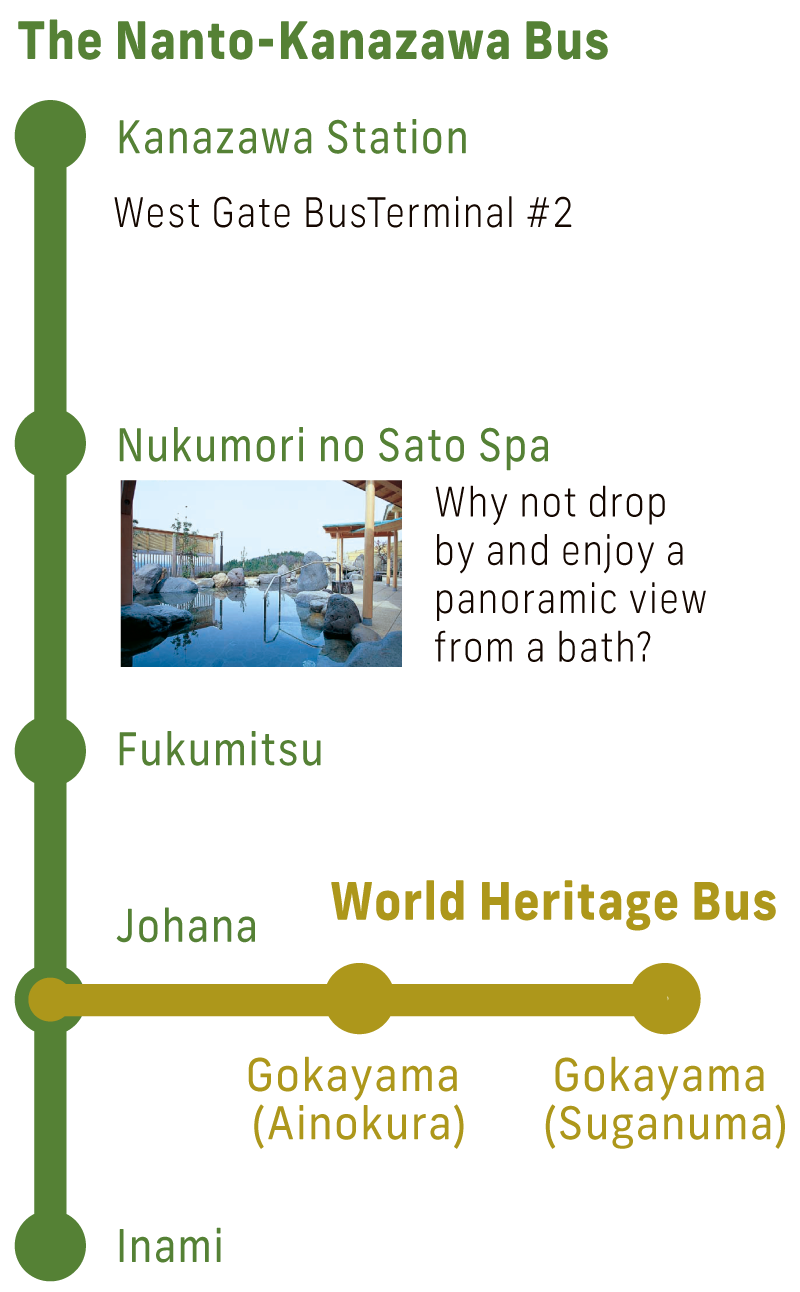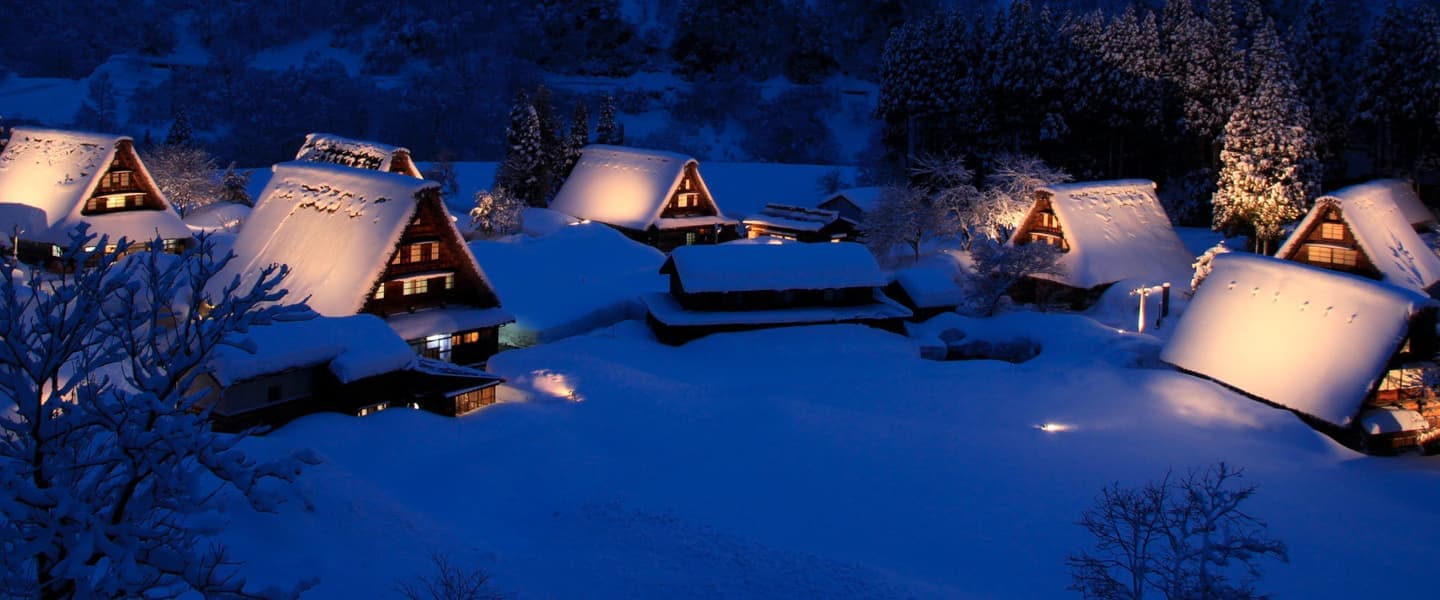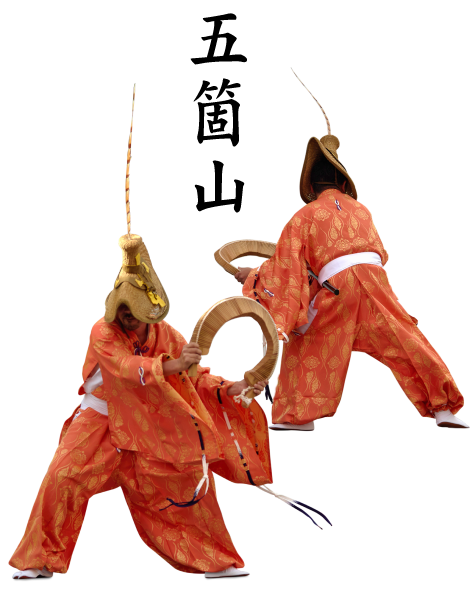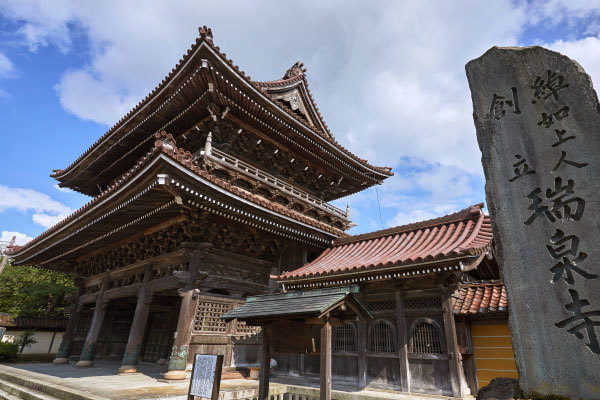1
Visit World Heritage hamlets nestled in the mountains
Gokayama area: Ainokura-guchi and Suganuma Bus Stops
This area has been awarded three stars in the Michelin Green Guide Japan, mainly for its two World Heritage hamlets, Ainokura and Suganuma. The gassho-style houses, which developed here due to the mountain climate, combine with the rustic beauty of the countryside to create a scene from a fairy tale. The hamlet of Ainokura retains twenty gassho-style houses. The peaceful scenery features stone walls built
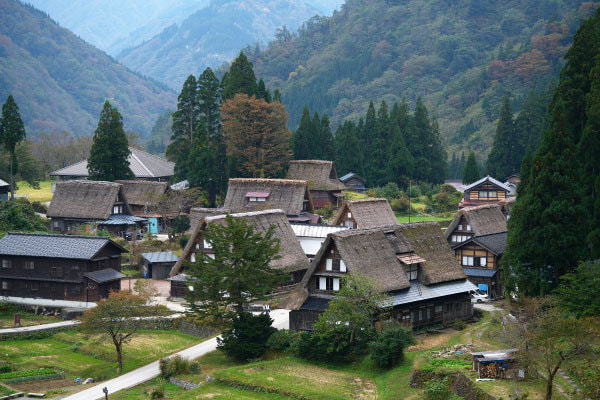
Gokayama (Ainokura)
This area has been awarded three stars in the Michelin Green Guide Japan, mainly for its two World Heritage hamlets, Ainokura and Suganuma. The gassho-style houses, which developed here due to the mountain climate, combine with the rustic beauty of the countryside to create a scene from a fairy tale. The hamlet of Ainokura retains twenty gassho-style houses. The peaceful scenery features stone walls built into the slopes and trees planted to protect the hamlet from wind and avalanches.
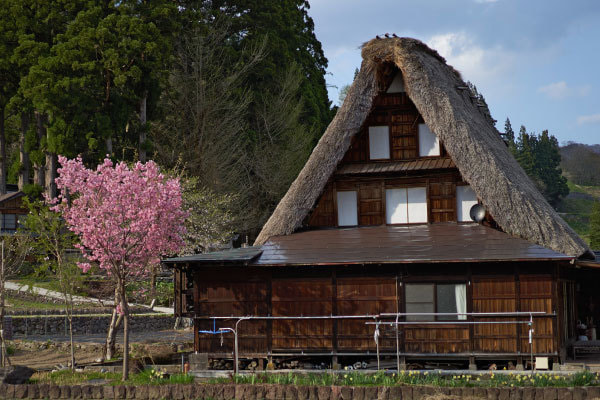
Gokayama (Suganuma)
Suganuma is a small hamlet with nine gassho-style houses. Visitors can fully experience the hamlet in a short time as they stroll through, listening to the murmuring sound of the irrigation water in the background. People still live in the two hamlets, which is rare among World Heritage Sites.
2
Get a closer look at Japan’s best wood carving techniques
Inami area: Kotsu Hiroba Bus Stop

Zuisenji Temple (Inami)
The Inami area of Nanto is famous for its dynamic Inami Woodcarving. A woodcarver was invited from Kyoto to rebuild Zuisenji Temple, which was erected in 1390 but burned down in 1762. He taught his techniques to local carpenters. This became the cornerstone of the woodcarving town.
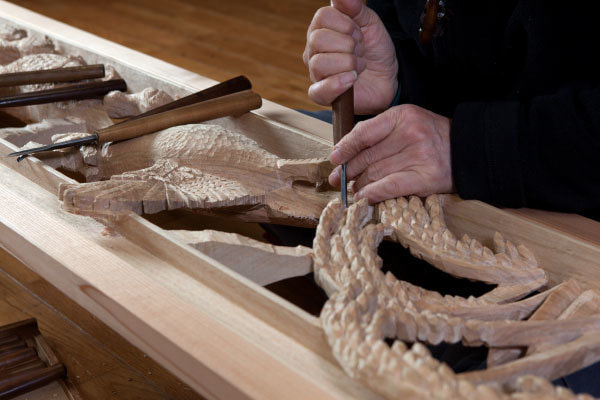
Inami Woodcarving (Inami)
After admiring the magnificent woodcarvings found everywhere in the temple, explore the cobbled Yokamachi Street where you’ll hear the sound of hammers echoing from the woodcarving workshops.
3
Stroll through a small atmospheric town
Johana area: Johana Ekimae Bus Stop
line the cobbled alleys provide a glimpse of a simpler life.
The Johana Hikiyama Festival held here in the spring dates back 300 years and has been awarded UNESCO Intangible Cultural Heritage status. Six splendid lacquered festival floats with delicate carvings are paraded through the town. The Festival Floats Museumis home to a permanent display of these floats.
Johana prospered as a temple town surrounding Zentokuji Temple, built in around 1470, and also as a major hub for silk-weaving. The traditional townhouses and old storehouses that line the cobbled alleys provide a glimpse of a simpler life.
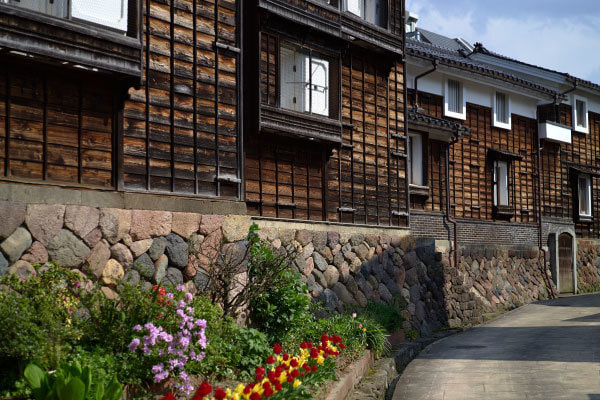
Townscape (Johana)
The Johana Hikiyama Festival held here in the spring dates back 300 years and has been awarded UNESCO Intangible Cultural Heritage status. Six splendid lacquered festival floats with delicate carvings are paraded through the town. The Festival Floats Museumis home to a permanent display of these floats.
4
Become acquainted with the works of a world-famous woodblock print artist
Fukumitsu area: Fukumitsu Ekimae Bus Stop
the rustic town dotted with the works of Munakata and spots related to him.
The 18th chief priest of Kotokuji Temple helped Munakata develop ties with the area. As their friendship developed, the priest allowed Munakata to use his temple as an art studio. It houses and displays many of Munakata’s works, including his greatest paintings on fusuma sliding doors.
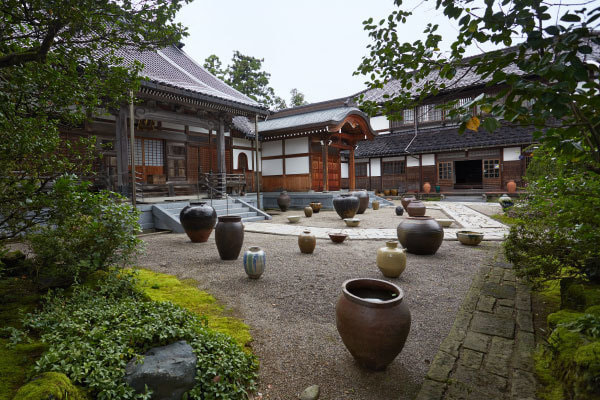
Kotokuji Temple (Fukumitsu)
World-renowned woodblock print artist Shiko Munakata (1903-1975) frequently visited this area before World War II. He then spent seven years here as a wartime evacuee. Visitors can take a walk around the rustic town dotted with the works of Munakata and spots related to him.
The 18th chief priest of Kotokuji Temple helped Munakata develop ties with the area. As their friendship developed, the priest allowed Munakata to use his temple as an art studio. It houses and displays many of Munakata’s works, including his greatest paintings on fusuma sliding doors.
5
Shogawa Valley area
5 mins by taxi from the Inami area
what each season has to offer-lush greenery, bright autumnal colors, and a magical snowy landscape. Standing along the wall of the gorge, the mysterious Omaki Spa Kanko Ryokan is only accessible using this tour boat. Stay overnight to enjoy a quiet time and soak in the high-quality hot springs.
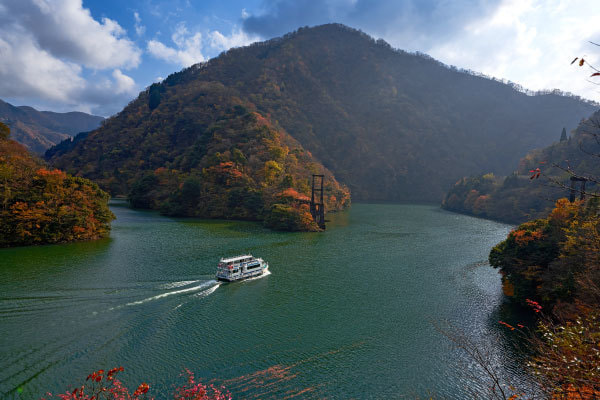
Omaki Onsen spring (Toga)
Travel a little further past Inami to the Shogawa Valley with its varied beauty.
A 25-min trip on a tour boat around the Shogawa Valley allows you to discover what each season has to offer-lush greenery, bright autumnal colors, and a magical snowy landscape. Standing along the wall of the gorge, the mysterious Omaki Spa Kanko Ryokan is only accessible using this tour boat. Stay overnight to enjoy a quiet time and soak in the high-quality hot springs.

NANTO CITY DAY TRIPS

NANTO CITY DAY TRIPS
Local buses connecting Kanazawa and each area in Nanto (Nanto-Kanazawa Line) operate six round-trips a day. It takes around 60 mins to get from Kanazawa Station to Fukumitsu and Johana, and 75 mins to Inami. From Johana, a sightseeing bus (World Heritage Bus) runs regularly, taking around 20 mins to get to the Gokayama World Heritage Site. No reservations are required for these buses.
6 round trips daily
The Kaga Lord’s Road Unlimited Bus Ride Ticket + : 3,800yen

6 round trips daily
The Kaga Lord’s Road Unlimited Bus Ride Ticket + : 3,800yen
